
The Shetland Sheepdog is often said to be a smaller, long-haired version of
the Rough Collie. It has a long, wedge-shaped head, almond-shaped eyes, black
nose, small yet flexible ears and teeth that come together in a scissor bite.
It sports of a lush double coat – the dense and woolly undercoat is covered
by a long and straight outer coat. The coat is so frilly that it gathers like
a lion’s mane around the neck. The Shetland Sheepdog’s legs and
tail are feathered while the hair on the face and feet is smooth. The tail
must also be long enough to reach the hock.
Life Expectancy:
12-15 years
Energy Level:
Average; active indoors.
Living Conditions:
Fine for apartments with yards.
Barking:
Barks incessantly at strangers.
Exercise Needs:
Needs opportunity to run.
Breed Group:
Herding
Size:
Small
Height:
12-15 inches
Weight:
12-18 pounds
Standard Hair Colors:
Blue merle, sable and back, with streaks of white and/or tan.
National breed club:
American Shetland Sheepdog Association
The Shetland Sheepdog is said to be a cross between the Scottish Rough Collies which were brought to the Scottish island of Shetland and the Icelandic Yakkin. These dogs were used to guard and herd the Shetland sheep flocks. Today, the Shetland Sheepdog is a favorite companion dog, thanks to its innate kindness and intelligence. Its talents include tracking, herding and guarding as well as performing competitive obedience and performance tricks.
The Shetland Sheepdog has a very gentle temperament, always willing to please and extremely loyal to its owner and its family. It is also a highly trainable breed that possesses exemplary intelligence, which some say, can even rival that of his human owners. The Shetland Sheepdog is wary of strangers and will not allow itself to be petted by one. It will bark incessantly to draw attention to the interloper. Because of these characteristics, the breed is an ideal watch or companion dog. However, the Shetland Sheepdog must not be allowed to run free in areas that are near roads, because they love to chase after cars.
Running in an open yet supervised field will ring the Shetland Sheepdog a world of good, since it requires a great amount of exercise.
The Shetland Sheepdog can easily adapt to small spaces, as they are relatively active indoors. A moderately sized yard will be ideal to provide them with more exercise.
The Shetland Sheepdog’s coat requires regular brushing. Lightly wet the coat with water before combing to ease out matted portions. Bathe only when necessary, using a mild shampoo. This breed is a seasonal shedder, with the undercoat usually falling out in the spring and/or fall seasons.
The Shetland Sheepdog is most susceptible to an inherited malformation and disease of the eyes. It can also be prone to the displacement of the kneecap.
You may also enjoy having a Scottish Collie around. Just like the Shetland Sheepdog, it has uncanny hunting skills, is very intelligent and totally devoted to the owner and its family.
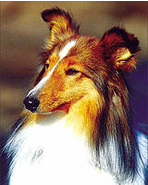
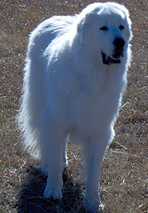 Great Pyreneess: A guide to dogs and puppies of the Great Pyrenees breed
Great Pyreneess: A guide to dogs and puppies of the Great Pyrenees breed
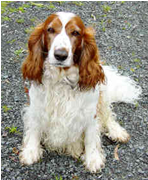 Welsh Springer Spaniels: A guide to dogs and puppies of the Welsh Springer Spaniel breed
Welsh Springer Spaniels: A guide to dogs and puppies of the Welsh Springer Spaniel breed
 Is a Labrador Retriever Right for You? Survey Results from Lab Owners
Is a Labrador Retriever Right for You? Survey Results from Lab Owners
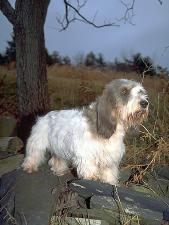 Wirehaired Pointing Griffon
Wirehaired Pointing Griffon
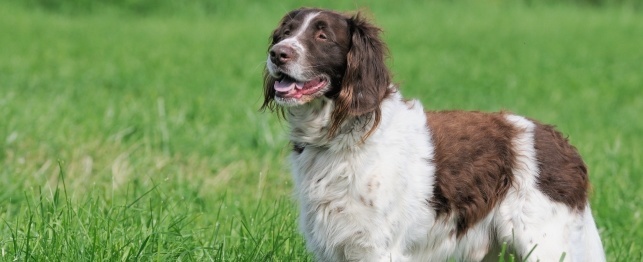 Choosing a Munsterlander
Choosing a Munsterlander
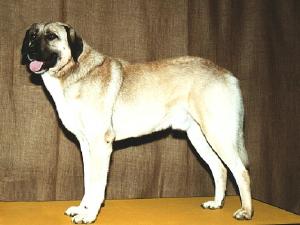 Anatolian Shepherd
Anatolian Shepherd
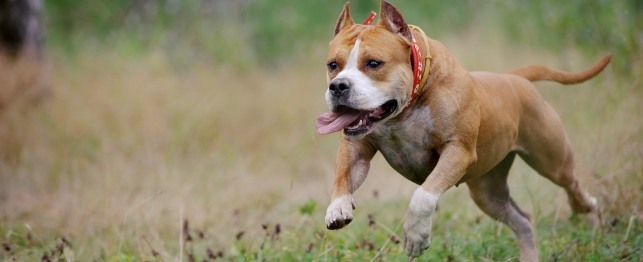 Choosing a Staffordshire Bull Terrier
Choosing a Staffordshire Bull Terrier
Choosing a Staffordshire Bull Terrier
Choosing a Staffordshire Bull Terrier
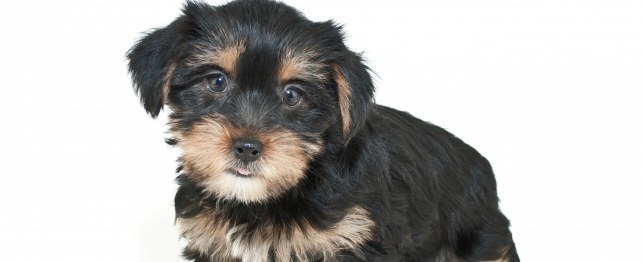 Morkie: Choosing a Morkie
Morkie: Choosing a Morkie
Morkie: Choosing a Morkie
Morkie: Choosing a Morkie
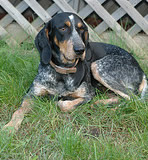 Bluetick Coonhounds: A guide to dogs and puppies of the Bluetick Coonhound breed
The Bluetick Coonhound!
The Bluetick coonhound belongs to t
Bluetick Coonhounds: A guide to dogs and puppies of the Bluetick Coonhound breed
The Bluetick Coonhound!
The Bluetick coonhound belongs to t
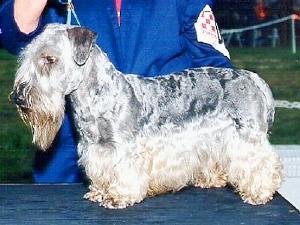 Cesky
Cesky
Cesky
Cesky
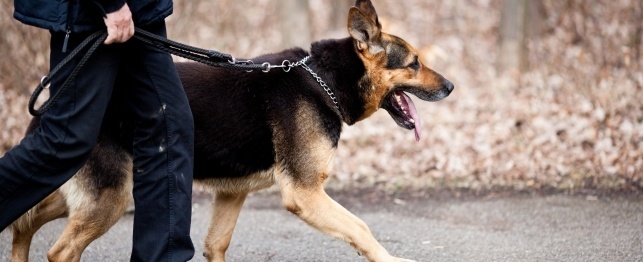 Dogs Good For Men - 13 Manly Masculine Dog Breeds
Dogs Good For Men - 13 Manly Masculine Dog Br
Dogs Good For Men - 13 Manly Masculine Dog Breeds
Dogs Good For Men - 13 Manly Masculine Dog Br
Copyright © 2005-2016 Pet Information All Rights Reserved
Contact us: www162date@outlook.com